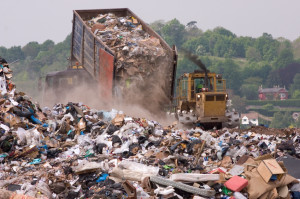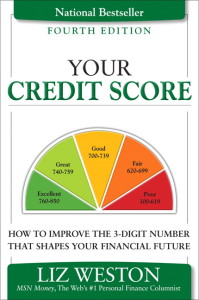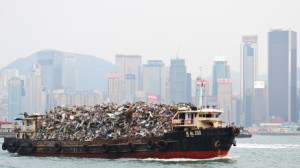 A few weeks ago I wrote about how the “zero waste” movement had inspired me to look for ways to cut back on the garbage our family generated. I’m not aiming to eliminate all the waste. I’m looking for ways to be a bit gentler on the planet while, hopefully, saving money and not adding inordinately to my workload. Turns out there are plenty of ways to do that.
A few weeks ago I wrote about how the “zero waste” movement had inspired me to look for ways to cut back on the garbage our family generated. I’m not aiming to eliminate all the waste. I’m looking for ways to be a bit gentler on the planet while, hopefully, saving money and not adding inordinately to my workload. Turns out there are plenty of ways to do that.
Here’s what has happened so far:
The composter’s in place. I bought this beauty for $20 from the City of Los Angeles, and got a worm bin for an additional $5. (The worm bin is basically a plastic tote with a few holes drilled in the top.) Then I bought an attractive little bin to sit on my countertop for another $20. Nope, the little bin wasn’t at all necessary, but it’s easier to use than the large plastic peanut butter jar with a screw-top lid it replaced…and it looks a heck of a lot better sitting out in the open. My husband’s an artist, and he’s taught me to consider aesthetics at least occasionally.
The little bin holds about 12 cups of food scraps, vegetable peels and other kitchen waste, and I empty it into the composter at least every other day. That’s a lot of garbage being redirected to a better use.
This is also getting me to think more about ways to cut back on kitchen waste, particularly on food that’s not getting eaten. That’s meant more consistent meal planning and using up leftovers, which helps reduce our grocery bill.
The reusables are getting used. I bought a reusable plastic cup with lid and straw from Starbucks and keep it in the car along with a commuter mug. So far, all the places I’ve asked—Jamba Juice, coffee joints, even fast food restaurants—have been fine with letting me use my own cup instead of one of their disposable versions. This doesn’t save me any money (well, maybe 10 cents at Starbucks) but it doesn’t cause much inconvenience, either. Ditto for the reusable shopping bags, which now live (mostly) in the car rather than scattered throughout the house.
I’m giving props to my city. I had a vague idea that Los Angeles was recycling more stuff than in the past, but the list has gotten amazingly long—way longer than in many other communities I’ve read about. In addition to the usual suspects of glass, paper, aluminum and plastic, LA recycles:
- Styrofoam containers
- Wire and plastic hangers
- Drink cartons (for juice, wine, milk, heavy cream…you name it)
- Plastic bags (including grocery and dry-cleaning bags)
- Aerosol cans (with the plastic tops removed)lastic toys
- Plastic toys
- All aluminum, tin, metal and bi-metal cans
- Clean aluminum foil
- Clean film plastic
I’m still looking for ways to reduce the volume of what we discard (more on that in a later post), but for right now I’m pleased that a lot more stuff can go into the blue recycling bin and a lot less into the black trash bin. Again, no big savings that I can see, but also no inconvenience encountered.
If you’ve found ways to reduce waste and save money, I’d love to hear about them!

